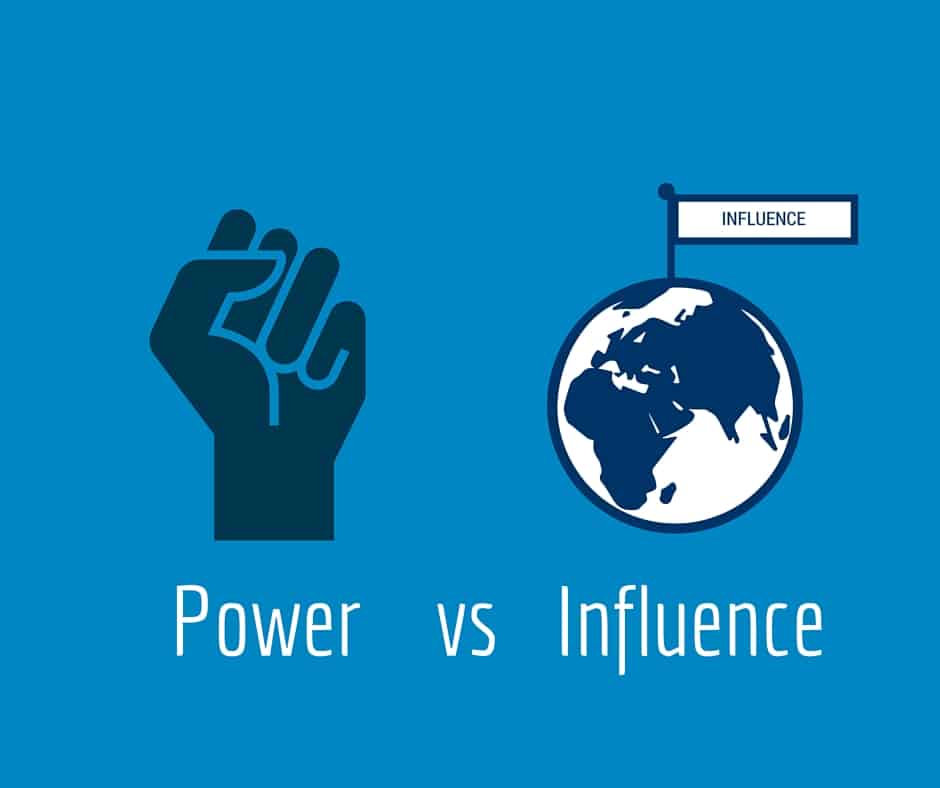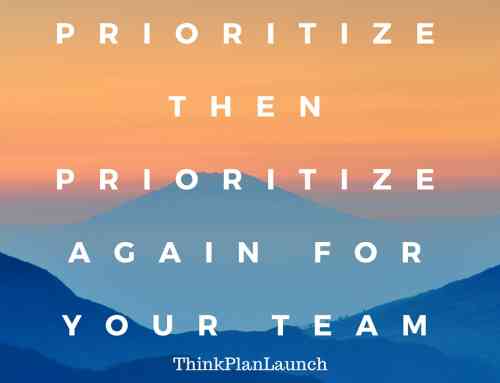Table of Contents
Power and Influence in Leadership
Power and influence in leadership is an important topic for managers and executives. They are constantly under pressure to lead their teams to success. Getting to the end goal is no easy feat. When you are dealing with multiple people there are many factors which can lead to undesirable results. Low productivity, overblown budgets, and passive aggressive behavior to name a few. The bigger the team, the more complex the situation.
One example can be derived from Congress. Achieving power and influence in Congress is extremely difficult because of the vast amount of players at hand, issues on the table, and political nature of it all. Your organization might be fortunate enough to not need to worry about working everyday with people who are set out to oppose your actions at all costs. Regardless, leading a team of employees isn’t a walk in the park.
Many employees come to work to collect a paycheck. Without power and influence in leadership, there is no way to effectively motivate someone to achieve an organization’s goals.
We first must understand what power is. There are many types of power. However, in the workplace, only a few types exist (or ought to exist).
Power in the workplace
Power is often associated with authority. While authority is a type of power, it is not the only one, nor is it the most effective. Being a boss or manager does carry a lot of weight. But in terms of causing actions in employees, it isn’t enough. Simply being the boss doesn’t motivate others to take action above and beyond. In today’s world, companies that don’t have employees willing to go the extra mile will lose relevance in their industry. Think of your high school days. There was a principal who assumed the highest power of the school. Was he able to motivate all students to learn and get straight A’s? Hardly. There were probably plenty of students who couldn’t care less about school, much less the principal.
CEOs of large companies might as well be principals. Unless they go beyond their title, they can’t lead a highly effective organization.
Power from money
Another source of power comes through financial means. It can be derived from positive and negative actions. Employers pay their staff on a regular basis. Once an employee is targeted for being dismissed, then the power of money comes to play. Threatening to fire someone can cause someone to take action. It isn’t always a positive response. Employees who feel less secure about their jobs often think of leaving anyways. Often, people on the verge of being fired should never have been hired in the first place.
Similarly, using the power of money through bonuses and rewards can cause someone to act according to plan. Temporarily. The truth is, if bonuses and rewards always caused high performance and productivity, it would be adapted more often for the good of the business. Reality shows that not everyone is willing to go the extra mile for a few bucks. Not everyone is motivated by money, especially, if it means doing something undesirable. If this wasn’t the case, everyone would have become doctors in their quest for higher pay.
While we love to quote the Golden Rule (he who has the gold makes the rules), there is a lot of power that can be sourced from other means. The civil rights movement of the 60s wasn’t created by paying people to protest. It was through something much higher than money. Principals, values, and ideas.
Power and influence in leadership isn’t derived from money effectively.
While power can be derived from a number of things, influence is one of the most effective ways.
Influence brings power
Influence is the new gold. Managers must strive to become influential. Power and influence in leadership is essential for team members to listen and act. It is about making people desire to come to work and do something. It is about inspiration and motivation.
Achieving influence isn’t always easy. It takes work and commitment. Managers must become leaders and learn how to lead. The worst ways to achieve influence in an organization are through subversion, water cooler politics, and acting like an asshole.
The best way to achieve influence is through behavior and communication. It is something that leaders of high performing teams possess. By adjusting one’s behavior and communication for each person, a vision can turn into reality. Here at ThinkPlanLaunch, we rely on the power of DISC to help managers achieve power and influence in leadership.
Power is only as effective as those capable of using it.
The 21st Century Leader
Power is only as effective as those capable of using it. Unlike the days of feudal lords and kings, being born into power doesn’t guarantee anything. These days people have rights and ought to be respected. Motivation is achieved through influence over any other means.
In the new millennium, we are starting to see influence in new areas. It use to be that people had influence only in their organization. The power of the internet is starting to make people influential to people of other organizations. Having a voice in social media brings an enormous amount of attention. It is an exciting time where company titles are becoming meaningless. Influencers derive their power from their own work, ideas, and efforts to spread them. This shifts power from the elites to those who actually make a difference. Power and influence in leadership has never before crossed these lines. Sharing information is starting to become more advantageous than keeping things trade secrets.
If there is one lesson to take away from this all, it is about where power comes from. Power comes from a voice and not from a position.





Leave A Comment